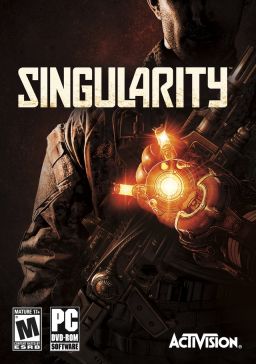
The Kite Runner is a novel by Khaled Hosseini. Published in 2003 by Riverhead Books, it is Hosseini's first novel, and was adapted into a film of the same name in 2007.
The Kite Runner tells the story of Amir, a young boy from the Wazir Akbar Khan district of Kabul, who befriends Hassan, the son of his father's Hazara servant. The story is set against a backdrop of tumultuous events, from the fall of Afghanistan's monarchy through the Soviet invasion, the mass exodus of refugees to Pakistan and the United States, and the rise of the Taliban regime.
The Kite Runner received the South African Boeke Prize in 2004. It was the first 2005 best seller in the United States, according to Nielsen BookScan. It was also voted the Reading Group Book of the Year for 2006 and 2007 and headed a list of 60 titles submitted by entrants to the Penguin/Orange Reading Group prize.
Adaptations

The Kite Runner was published in 2003 and in 2007 adapted as a motion picture starring Khalid Abdalla (Amir), Homayoun Ershadi (Baba), and Ahmad Khan Mahmoodzada (Hassan). Directed by Marc Forster and with a screenplay by David Benioff, this movie won numerous awards and was nominated for an Oscar (2008), the BAFTA Film Award (2008) and the Critics Choice Award (2008). However, Manhola Dargis of the New York Times states that "The back of my paperback copy of this Khaled Hosseini novel is sprinkled with words like 'powerful' and 'haunting' and 'riveting' and 'unforgettable'. It's a good guess this film will be rolled around in a similarly large helping of lard."
In addition to the film adaptation, the novel was also adapted to the stage by Bay Area playwright Matthew Spangler. David Ira Goldstein (Arizona Theater Company Artistic Director) directed a cast that included Barzin Akhavan as Amir, Demosthenes Chrysan (General Taheri), Gregor Paslawsky (Rahim Khan) and James Saba (Ali), all from New York City, Thamos Fiscelle (Baba) of Los Angeles, and Bay Area actors Craig Piaget (Young Amir), Lowell Abellon (Young Hassan), Rinabeth Apostol (Soraya), Adam Yazbeck (Assef), Zarif Kabier Sadiqi, Wahab Shayek, and Lani Carissa Wong. The cast was joined on stage by Tabla player Salar Nader.
The Kite Runner was given its southwest premiere on stage at the Arizona Theatre Company in September-October 2009. David Ira Goldstein again directed. The cast was the same except that Korken Alexander replaced Adam Yazbeck as Assef and Remi Sandri replaced Demosthenes Chrysan as General Taheri.
The Kite Runner is receiving its Mid-West premiere at Actor's Theatre of Louisville directed by Artistic Director, Marc Masterson. The Cast includes Jos Viramontes (Amir), Jose Pere Flores (Young Amir), Nasser Faris (Baba), Matt Pascua (Hassan/Sohrab), Zarif Kabier Sadiqi (Assef), James Saba (Ali/Zaman), Remi Sandri (General Taheri), Aadya Bedi (Sorya), Omar Koury (Farid), Ariya Ghahramani, Kario Pereira-Bailey and Annie Pesch. The cast is once again joined by Salar Nader playing life Tabla for the production.




